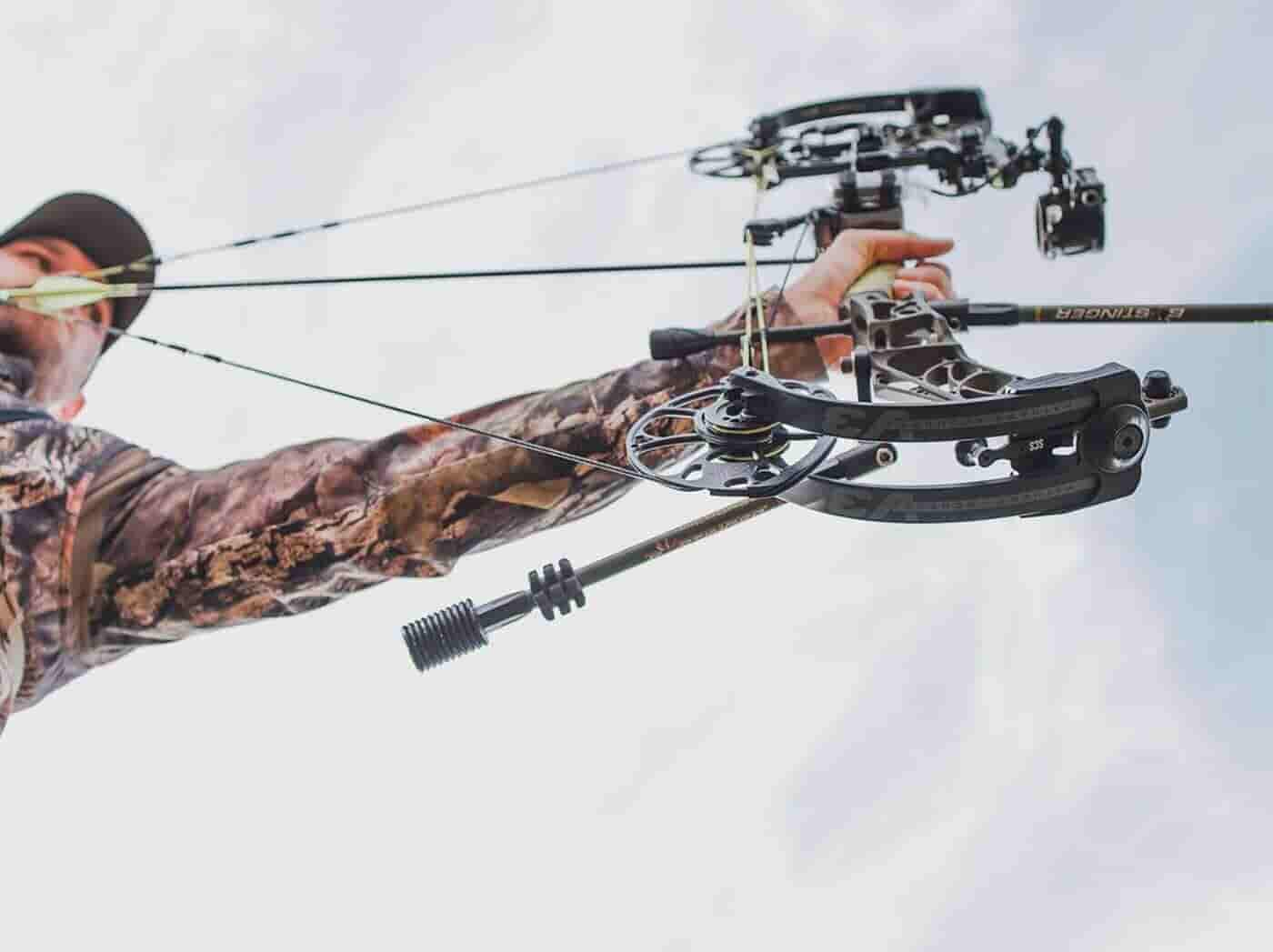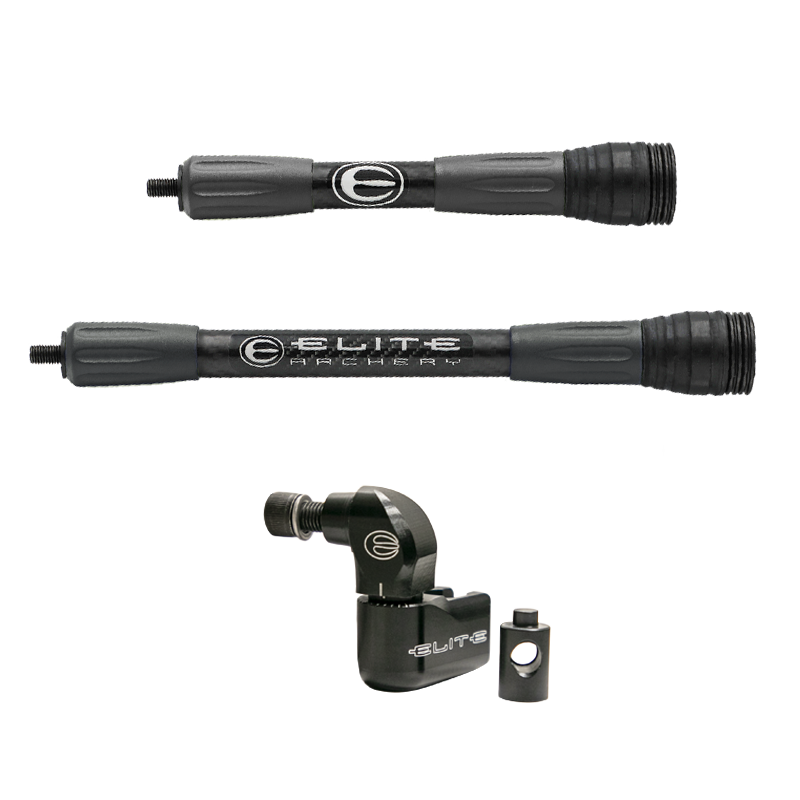Optimize Your Archery Accuracy With These Bow Stabilizer Methods
In the world of archery, accomplishing optimal accuracy is a quest that demands thorough attention to detail and strategy. One critical element that can substantially impact your efficiency is the appropriate use of bow stabilizers. These often-overlooked accessories hold the prospective to elevate your shooting effectiveness to brand-new heights, yet just if employed correctly. By checking out the nuanced strategies of selecting, installing, and fine-tuning bow stabilizers, archers can unlock a realm of accuracy that might have previously thwarted them. Whether you are a seasoned archer looking to fine-tune your abilities or a newcomer excited to boost your accuracy, grasping these bow stabilizer methods can be the secret to striking your mark with exceptional uniformity.
Advantages of Utilizing Bow Stabilizers
Using bow stabilizers can considerably enhance an archer's accuracy and total efficiency by reducing bow torque and resonance. Additionally, bow stabilizers moisten vibration, which not just improves the convenience of capturing however likewise protects against the bow from leaping upon release, thus aiding in preserving appropriate aim.
In addition, bow stabilizers can aid in holding the bow constant, particularly throughout windy problems or when shooting from longer ranges. The included weight at the front of the bow supplies stability and balance, permitting the archer to concentrate on aiming without the diversion of bow activity. In general, the advantages of utilizing bow stabilizers extend past simply accuracy, improving the archer's experience and performance in different shooting scenarios.
Choosing the Right Bow Stabilizer
Selecting the suitable bow stabilizer is essential for optimizing your archery equipment and improving shooting efficiency. Heavier stabilizers can assist reduce bow torque and take in more vibration, leading to a steadier objective.

Last but not least, think about the style of the stabilizer. Some stabilizers come with adjustable weights or dampeners that permit you to customize the equilibrium and feeling of your bow. Ultimately, selecting the ideal bow stabilizer entails locating an equilibrium in between weight, design, product, and length to boost your capturing accuracy and total performance.
Correct Installment Methods
To make sure ideal performance and safety and security in archery, understanding proper installment techniques for your bow stabilizer is important. The first action in setting up a bow stabilizer is to determine the proper positioning on your bow.
Following, firmly connect the stabilizer to the bow using the proper installing hardware. It is important to tighten the stabilizer comfortably to avoid any kind of tottering during shots. Some stabilizers come with flexible weights that can be included or eliminated to adjust the balance of your bow. Trying out various weight arrangements to find the optimal balance that matches your shooting design.

Adjusting Stabilizer Weight and Length
After guaranteeing the correct installation of your bow stabilizer, the next step involves changing the weight and length to optimize its performance in boosting archery precision. The weight of the stabilizer plays an important duty in decreasing here bow motion throughout the shot cycle. Adding weight to the stabilizer can assist moisten resonances and enhance security, resulting in more consistent and accurate shots. On the other hand, reducing the weight can boost maneuverability, which is advantageous for situations needing fast target acquisition.
When it concerns stabilizer size, discovering the appropriate equilibrium is key. A longer stabilizer can supply better security by boosting the distance between the bow and the weight at the end of the stabilizer. This added range improves the maintaining impact, specifically in windy conditions or when contending longer ranges. On the other hand, a shorter stabilizer offers more maneuverability and may be liked by archers that value agility and fast movements during shooting.
Advanced Stabilizer Tuning Tips
Accomplishing optimal bow stability and precision in archery demands a nuanced strategy to advanced stabilizer tuning. Advanced stabilizer adjusting involves fine-tuning numerous components to improve the bow's balance, minimize resonance, and improve general precision.
Another essential aspect of sophisticated stabilizer adjusting is optimizing the damping buildings of the stabilizer system. Exploring different materials for the try this site stabilizer building, such as carbon fiber or light weight aluminum, can additionally affect the bow's performance by altering its weight distribution and tightness.
Final Thought
In final thought, optimizing archery precision can be attained with the correct selection, installation, and read here modification of bow stabilizers. Generally, incorporating bow stabilizers right into archery practice can lead to improved efficiency and raised accuracy.
Using bow stabilizers can dramatically improve an archer's precision and general performance by lessening bow torque and resonance. Longer stabilizers offer higher stability and equilibrium, specifically for long-distance capturing, while much shorter stabilizers provide more adaptability and are easier to navigate in tight areas (bow stabilizer). Carbon fiber stabilizers are durable and light-weight, while aluminum stabilizers are robust and offer excellent resonance moistening
A longer stabilizer can supply greater stability by raising the distance in between the bow and the weight at the end of the stabilizer.One more crucial aspect of sophisticated stabilizer adjusting is maximizing the damping residential properties of the stabilizer system.